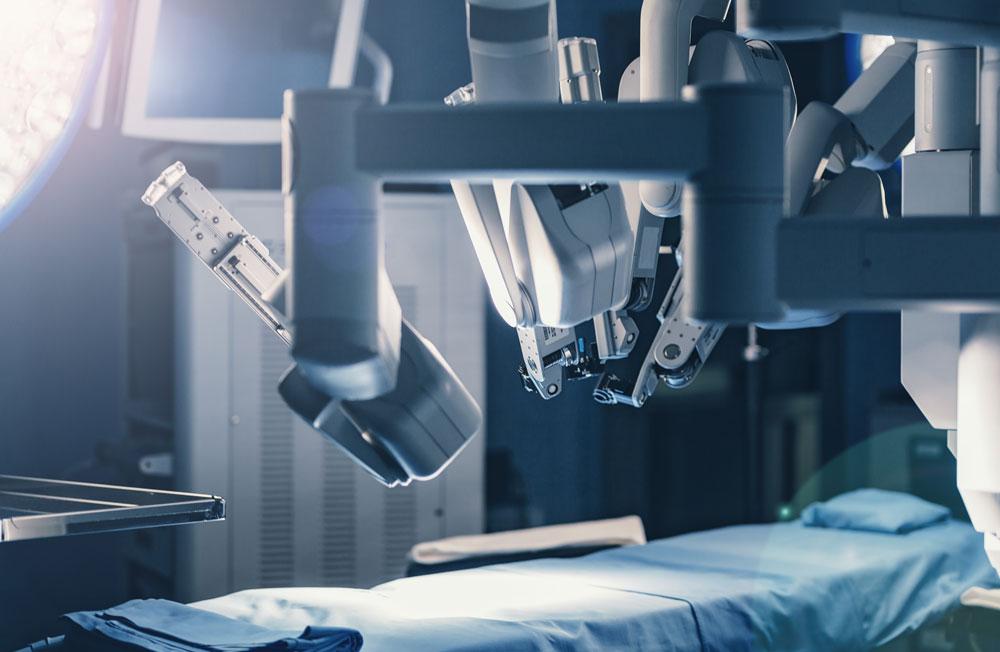Millions of patients are set to benefit from robotic surgery over the next decade, as part of plans to cut waiting times.
Half a million operations will be supported by this approach every year by 2035, up from 70,000 in 2023/24.
9 in 10 keyhole surgeries, like the removal of certain organs affected by cancer, will be delivered with robot assistance within the next 10 years, up from 1 in 5 today.
Sir Jim Mackey, NHS chief executive, said: “The NHS has pledged to return to shorter elective waiting times by 2029 and we are using every tool at our disposal to ensure patients get the best possible treatment.
“Expanding the use of new and exciting tech such as robotic surgery will play a huge part in this.
“Not only does it speed up the number of procedures the NHS can do, but it also means better outcomes, a faster recovery and shorter hospital stays for patients”.
Robotic surgery can be more precise than the human hand. Patients who undergo robotic surgery recover quicker and can be discharged sooner.
John McGrath, Consultant surgeon at North Bristol NHS Trust, and Chair of the NHS England Steering Committee for Robotic Assisted Surgery, said: “Robot-assisted surgery is a perfect example of innovation improving patients’ care and transforming the way the NHS works – the number of procedures being carried is set to rapidly grow over the next 10 years according to our analysis.
“As keyhole surgery continues to develop and scale up in the NHS, it is likely that many of these procedures will be provided with degrees of robot assistance in the future – importantly as the costs come down and efficient patient pathways are embedded in robotic programmes.
“Faster recovery and shorter hospital stays are not only hugely important benefits for patients undergoing surgery, if used efficiently they can have a positive impact on the rest of the system by relieving pressure on services and therefore helping to reduce waiting times.
“Robot-assisted surgery can also make complex operations less physically demanding for surgeons, with the potential to reduce strain on surgical teams, allowing a greater number of complex surgeries to be carried out each day.
“The approval of 11 systems by NICE was a milestone in the continuing development of this technology and our newly-published national strategy will help ensure patients across the country are able to access this treatment when they need it, regardless of location”.

